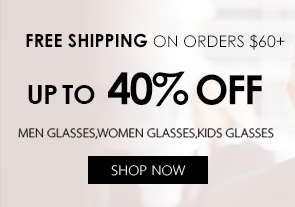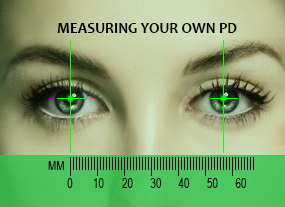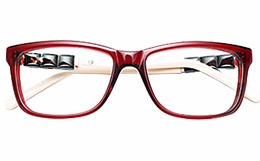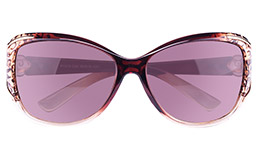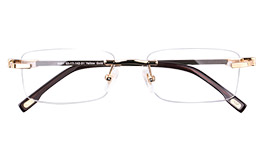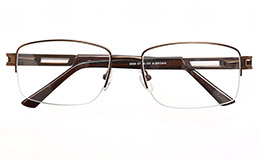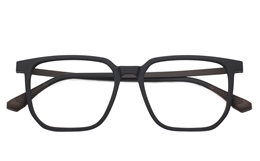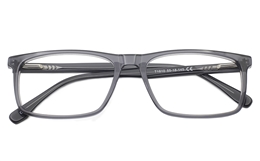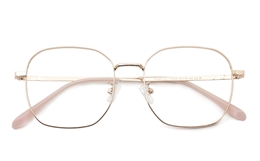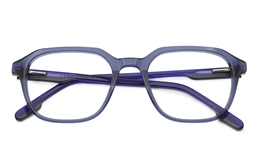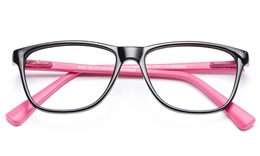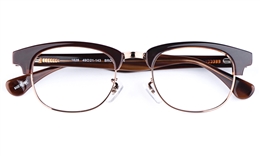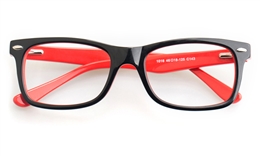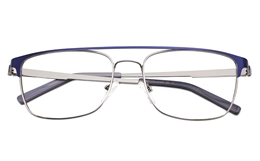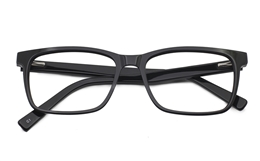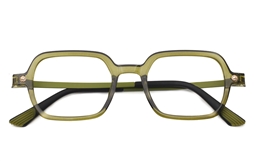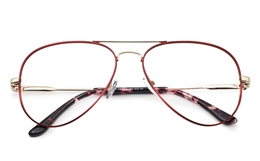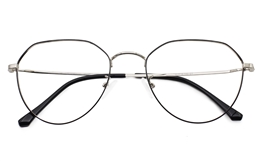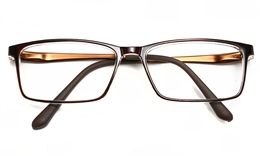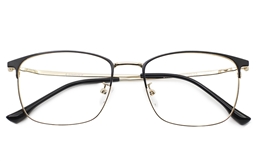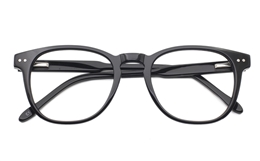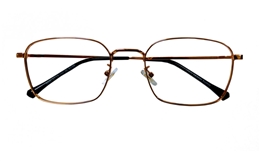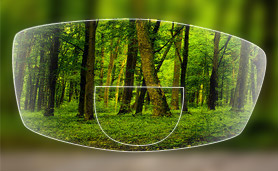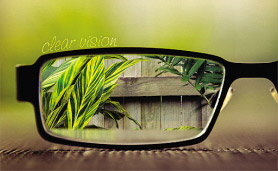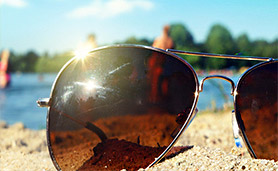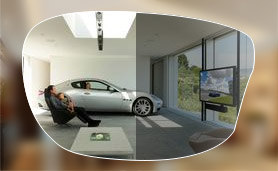CR-39 began the change of optical lenses from glass to plastic materials. It is lighter weight, more impact resistant than glass lenses; thus, becoming a popular type of material used in single vision, bifocal, and multifocal or progressive lenses.
Material is low price and easy to manufacture. It is often preferred by individuals on a tight budget. However, because of its 1.50 index, customers with high prescription powers are recommended to use higher index lenses such as 1.56, PC, 1.67, or 1.74 lenses.
CR39 Lenses Features are:
- Fragmentation: When plastic lens breaks, it breaks into larger fragments than their glass counterparts. Furthermore, the fragmented pieces are not as sharp as glass.
- Fogging: CR39 lenses are less likely to fog-up than glass lenses because it responds more favorably to temperature changes.
- Weight: Glass lenses are approximately 2X heavier than plastic lenses of similar size and shape. The lighter weight provides the wearer greater comfort.
- Reflections: CR39 lenses have much lower internal reflection and surface glare than glass materials.
- Tinting: CR39 lenses are great for tinting. Lenses can be tinted to virtually any color. Even lenses with variable thickness are able to be tinted evenly.
If you want thinner, lighter lenses, and have an milder prescription, then mid index lenses are the way to go. As prescription increases, the lenses become thicker. Thicker lenses increase internal reflections that reduce vision quality. Furthermore, thicker lenses add to the weight of each pair of glasses reducing comfort. Mid-Index lenses refract the light at a greater angle allowing the wearer to have a beautifully thin and light pair of glasses.
Mid Index Lenses Features are:
- Fragmentation: When plastic lens breaks, it breaks into larger fragments than their glass counterparts. Furthermore, the fragmented pieces are not as sharp as glass.
- Fogging: Mid Index lenses are less likely to fog-up than glass lenses because it responds more favorably to temperature changes.
- Weight: Glass lenses are approximately 2X heavier than plastic lenses of similar size and shape. The lighter weight provides the wearer greater comfort.
- Reflections: Mid Index lenses have much lower internal reflection and surface glare than glass materials.
- Tinting: Mid index lenses are also tintable, so you can get that pair of sunglasses you’ve been eyeing for so long.
Polycarbonate lenses has a high index of refraction 1.59 and low density making PC lenses 20% thinner and 25% lighter than regular plastic lenses. Polycarbonate lenses are the most impact resistant lenses on the market. Therefore, it is the industry standard for safety goggles, and highly recommended for kids' lenses.
Polycarbonate Lenses Features are:
- Impact Resistant: Polycarbonate material was originally made for uses on canopies covering fighter planes and then made its way into space on astronaut visors and space shuttle windshields. Today it is readily available to the public. It impact resistance makes the material extremely suitable for sports, industrial safety goggles, and children's eyewear.
- Scratching: The reason for polycarbonate lenses' impact resistance is because of its "softness". Softer materials will flex instead of fragment when met with great force. However, the property allows lenses to be scratched easily. Therefore, every single one of our polycarbonate lenses is multi-coated with hard coating that forms a protective layer around the lenses allowing the lenses to be free from scratches while retaining its impact resistant qualities.
- UV Protection: Polycarbonate lenses inherently carries UV protection properties that blocks nearly 100% of the UV rays from entering the back of the retina.
If you want thinner, lighter lenses, then high index lenses are the way to go. As prescription increases, the lenses become thicker. Thicker lenses increase internal reflections that reduce vision quality. Furthermore, thicker lenses add to the weight of each pair of glasses reducing comfort. Hi-Index lenses refract the light at a greater angle allowing the wearer to have a beautifully thin and light pair of glasses.
High Index Lenses Features are:
- Fragmentation: When plastic lens breaks, it breaks into larger fragments than their glass counterparts. Furthermore, the fragmented pieces are not as sharp as glass.
- Fogging: High Index lenses are less likely to fog-up than glass lenses because it responds more favorably to temperature changes.
- Weight: Glass lenses are approximately 2X heavier than plastic lenses of similar size and shape. The lighter weight provides the wearer greater comfort.
- Reflections: High Index lenses have much lower internal reflection and surface glare than glass materials.
- Tinting: High index lenses are also tintable, so you can get that pair of sunglasses you've been eyeing for so long.


 FinestGlasses.com
FinestGlasses.com


















